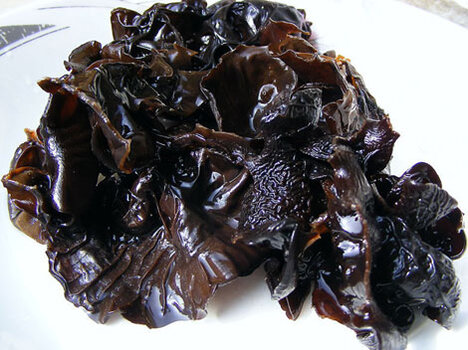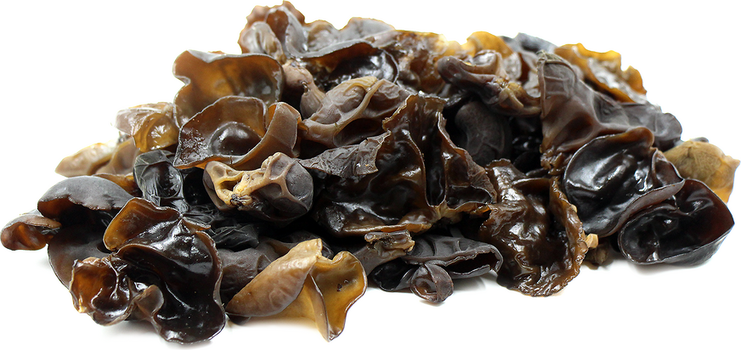- Joined
- 11 Oct 2012
- Local time
- 8:25 PM
- Messages
- 21,971
- Location
- SE Australia
- Website
- www.satnavsaysstraighton.com
So how many of you actually know the difference between a mushroom and a fungus?
Perhaps if I said all mushrooms are fungi but not all fungi are mushrooms. Does that help you?
Mushrooms are simply the fruiting body of a fungus. It's method of holding its spores up to the world for distribution. Some fungi reproduce differently and don't use mushrooms are their fruiting body.
Think of the difference between a watermelon or apple and a carrot or potato. The apple and watermelon provide something in which to distribute their seeds. The carrot simply produces seeds, and the potato can reproduce from either the tubers or seeds (called seed potatoes!).
Now the species fungi, from a biological point of view, can be broken down into 3 categories: mushrooms, molds and yeasts.
So some fungi that are not mushrooms...
Well the most obvious that come to mind are the following:
Various foods are made using fungi:
From a website called the Encyclopaedia of Life. What is a mushroom?
And finally, did you know that paper is made using mushrooms?
Perhaps if I said all mushrooms are fungi but not all fungi are mushrooms. Does that help you?
Mushrooms are simply the fruiting body of a fungus. It's method of holding its spores up to the world for distribution. Some fungi reproduce differently and don't use mushrooms are their fruiting body.
Think of the difference between a watermelon or apple and a carrot or potato. The apple and watermelon provide something in which to distribute their seeds. The carrot simply produces seeds, and the potato can reproduce from either the tubers or seeds (called seed potatoes!).
Now the species fungi, from a biological point of view, can be broken down into 3 categories: mushrooms, molds and yeasts.
So some fungi that are not mushrooms...
Well the most obvious that come to mind are the following:
- Bakers Yeast (Saccharomyces cerevisiae - bread making)
- Sourdough starter (Saccharomyces exiguus and Lactobacillus cultures)
- Quorn (Fusarium venenatum)
- Truffles (as already mentioned in another thread are not mushrooms)
- please feel free to add to this list!
Various foods are made using fungi:
- Cheese such as blue (or white) stilton? (Different strains of the mold Penicillium)
- Tempeh (Rhizopus oligosporus)
- Beer and wines & spirits (both use fungi e.g. Sake uses Aspergillus oryzae
- Soy sauce (Aspergillus oryzae or Aspergillus sojae molds)
- please feel free to add to this list!
From a website called the Encyclopaedia of Life. What is a mushroom?
For those fungi that produce them, the mushroom plays a similar role to a flower or a fruit in plants. Some part of each mature mushroom produces microscopic spores that are similar to pollen or seeds, sometimes numbering in the trillions [1]. The rest of the fungal organism typically lives in the soil, wood, or some other material and is composed of thread-like strands known as mycelium. The expanding growth of the mycelium often results in circles of mushrooms or “fairy rings.” An individual mycelium can grow quite large, with at least one well-documented case covering more than 1,500 acres in Oregon [2]...
And finally, did you know that paper is made using mushrooms?


